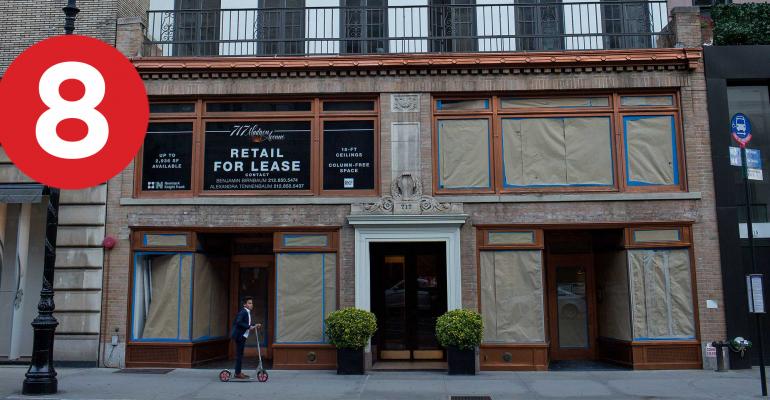- Investors Buying Real Estate to Beat Inflation May Find Tactic Backfires “Investors are eyeing real estate as a way to hedge against inflation. Many are bound to be disappointed. While single-family homes usually perform well during inflationary periods, values of offices, retail buildings and other commercial properties can tumble in value if owners aren’t in a position to increase rents, economists say. Since the Labor Department this month reported a 4.2% annual increase in April consumer prices—the highest rate since 2008—the prospect of inflation has become an obsession in financial markets.” (The Wall Street Journal)
- CLOs Make Inroads in CRE Capital Markets “Real estate investment and management firm Harbor Group International recently announced its first collateralized loan obligation, or CLO—a collection of bridge loans on multifamily assets across the US in an aggregate deal worth about $558 million. ‘The close of our initial CLO marks a significant progression for Harbor Group International as we grow our debt and alternatives investment platform and adapt our business to meet changing market needs,’ president Richard Litton said in prepared remarks.” (GlobeSt.com)
- Get Ready, Rents Are Rising Fast Again, Even in San Francisco “Rents for apartments rose 1.3% in April, according to RealPage, which is the fastest pace for a single month in about a decade. And the jump comes right at the beginning of prime leasing season, as the majority of household moves occur between April and September. In the San Francisco Bay Area, which saw rents plummet amid the coronavirus pandemic, renters are coming back as vaccinations encourage people to return to cities. Rents finally began to rise again in May, although they were still down about 21% from their pre-pandemic peak, according to Zumper, a rental app.” (CNBC)
- Biden’s Neighborhood Revitalization Plan Looks to Detroit for Inspiration “The Biden administration is looking to a small housing program in Detroit as a possible solution to a big problem: Many crumbling homes in blighted neighborhoods remain vacant because the cost of renovations exceeds the potential selling price. The program, Rehabbed and Ready, aims to help solve the problem by covering the gap, so renovations are feasible. Seeking to break the cycle of depressed property values and urban decay, the program has renovated about 90 homes since it began in 2015 with plans for 200 more.” (The Wall Street Journal)
- U.S. Companies Snub SPACs Amid Concerns They Cannot Deliver “Advertising technology firm Simplifi Holdings was ready to go public last month at a valuation of close to $2 billion when some investors balked.” (Reuters)
- A New Frontier for CRE: Cannabis Brokers Work to Corner the Market Before the Big Names Make the Move “Cannabis is a new frontier for real estate, a kind of Wild West, with danger lurking but money to be made, and that has led many brokers and real estate professionals to at least consider what it would be like to get into the cannabis business. Experts caution, however, that much like the actual frontier era, it’s a marketplace that’s challenging, not for everyone and prone to rapid shifts, even while the opportunity remains.” (Bisnow)
- Vets Go Upscale to Care for Pets (and Their Owners) “The heightened demand for veterinary services has drawn investors and others to the market. Landlords — who might previously have spurned tenants associated with unpleasant odors and noise — are more amenable to leasing to the clinics after a year when the vets paid their rent while other businesses fell behind. And architecture firms that specialize in the design of vet space are busier than ever.” (The New York Times)
- Ventilation and Surveillance Testing Can Help Keep U.S. Schools Open in the Fall, New Studies Suggest “The researchers found that the incidence of the virus was 35 percent lower in schools that had improved their ventilation — by opening windows or doors, or using fans — than in schools that did not adopt these practices. In schools that combined better ventilation with air filtration — through the use of HEPA filters, for instance — case rates were 48 percent lower.” (The New York Times)
0 comments
Hide comments





